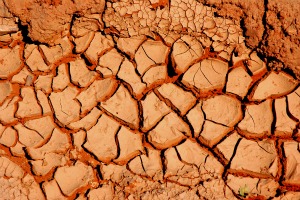Death Toll in U.S. Cities Will Rise From Higher Temperatures
Climate change is literally killing us. According to NRDC’s “Killer Summer Heat” report, more than 150,000 Americans could die by the end of this century due to the excessive heat caused by climate change. And that estimate only covers America’s top 40 cities.
Why will climate change cause so many casualties? Illnesses that are caused or made worse by extreme heat — including heat exhaustion, heat stroke, cardiovascular disease, and kidney disease — currently lead to hundreds of deaths each year.
As carbon pollution continues to rise, the number of dangerously hot days each summer will increase even further, leading to a dramatic increase in the number of lives lost.
While everyone in these urban areas is at risk, children and the elderly are the most vulnerable.
Click HERE for an interactive map to find out how many MORE heat-related deaths climate change could cause in the top 40 U.S. cities.
Why Is Extreme Heat Dangerous?
Scientists expect that average temperatures in North America will rise by another 4°F -11°F this century. The risks to public health are greatest when high temperatures mix with other weather conditions to cause what’s known as an “Excessive Heat Event,” or EHE. EHE days occur when a location’s temperature, dew point temperature, cloud cover, wind speed and surface atmospheric pressure throughout the day combine to cause or contribute to heat-related deaths in that location.
Health impacts spike during excessive heat events. For example, when California was hit by deadly heat waves in 2006, the heat caused during a two-week period 655 deaths, 1,620 excess hospitalizations, and more than 16,000 additional emergency room visits, resulting in nearly $5.4 billion in costs. During a 1995 record-setting heat wave in Chicago, over 700 people died due to the excessive heat.
EHE days vary by region and location. Factors such as geography, green space, local warning and preventive measures affect how much impact the weather will actually have on health.
To limit the health impacts of climate change, we need to reduce carbon pollution from top sources like power plants and refineries. The EPA has taken its first big step toward setting limits for industrial carbon sources by proposing limits on carbon pollution from new power plants. Please join us in supporting this important step, and urging the EPA to take the next step by setting limits on carbon from other sources as well.
[Photo by buzzybee]

